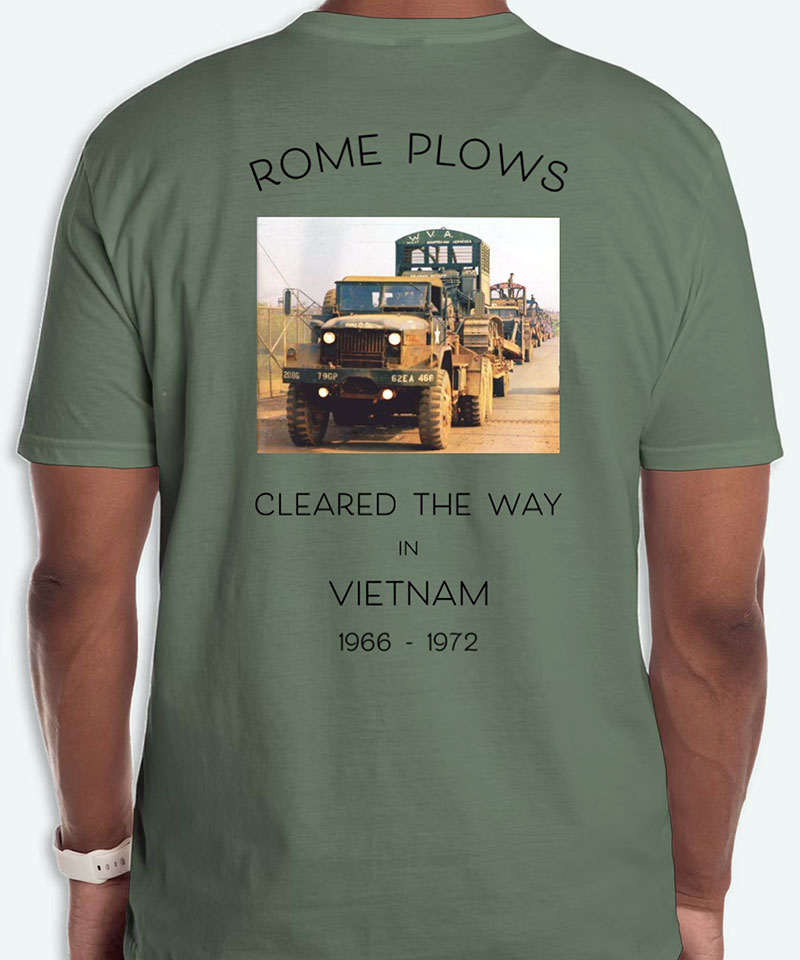April 30, 2025
To the Veterans of the Land-Clearing Teams in Vietnam:
As we reflect on the complex and courageous chapters of the Vietnam War, I write to honor and thank you, those who served in the land-clearing teams, for your extraordinary and often underappreciated service as we commemorate the 50ᵗʰ anniversary of the end of the Vietnam War.
As members of the Vietnam Land-Clearing Association, you share a bond forged in one of the most dangerous and demanding roles in the Vietnam conflict. Armed with Rome plows and bulldozers you cleared vast swaths of jungle under the constant threat of enemy ambushes and mines. Where thick forests once offered concealment to the Viet Cong, you brought visibility and safety. Your efforts reshaped the battlefield, protected convoys and base camps, and saved countless lives.
During your service, your units took on a monumental mission—altering not only the landscape of war but the course of military engineering itself. With D7E tractors, and custom-built Rome plows, you executed a strategy that was both massive in scale and surgical in effect. It was General Westmoreland’s vision to “think big,” and you brought that vision to life—acre by hard-won acre.
Land clearing in the Vietnam War set a standard, and the many missions that followed stand as testaments to your effectiveness and dedication. Whether cutting swaths of land along vital roads or clearing the heavy growth that shielded enemy positions, your work was relentless. And though your battlefield looked different than most—defined not by foxholes but by trees felled and paths cleared—your contribution was no less heroic.
The enemy didn’t just hide in the jungle—they used it as a weapon. But so did you. Armed not only with rifles but with roaring machines, you denied the Viet Cong their sanctuaries, clearing 100-yard-wide paths on either side of vital supply routes and carving out safe perimeters around base camps. Your work was grueling and perilous. Mines were a constant threat. And yet, you pressed on.
Your courage was matched by your innovation. When the terrain and tactics demanded something more, you adapted. From reinforced canopies to coordinated clearing operations in Ill Corps, you demonstrated what combat support truly means: enabling victory not from the front lines, but by shaping the very ground on which victory could be won.
You faced danger daily, not with rifles always at the ready, but behind the controls of machines turned into instruments of strategy and survival. The world may not always see the heroism in that kind of work, but we do. And we honor you for it.
On behalf of a grateful nation, the entire U.S. Army and U.S. Army Corps of Engineers, and with the deepest personal respect, thank you. Thank you for your service, for your courage, and for continuing to stand together as proud veterans of an essential and extraordinary mission.
With profound respect and gratitude,

William H. Graham, Jr.
Lieutenant General, U.S. Army
Commanding

